When most people think of peasants they envisage medieval villages with impoverished, uneducated and even backward rural communities. It is interesting however these typical peasant lifestyles of yesterday were the healthiest ever.
This is in complete contrast to typical beliefs that new super foods and exotic wonders are the best things for our health. Peasants past and present typically live in poor communities with little economic income or supermarkets for survival.
A study led by Dan Buettner called ‘Blue Zones’ scrutinised the diets of the five healthiest locations in the world. These regions were selected based on the occupant’s extremely long life spans and exceptional low levels of cancer, heart disease and dementia. The five locations were: Okinawa, Japan. Ikaria, Greece. Sardinia, Italy. Nicoya, Costa Rica. And Loma, Linda California.
One of the main observations that tied all of these locations together was the lifestyle and diet. Both of these accurately coincided with a peasant lifestyle of vigorous daily activity and locally grown fruit and vegetables. These populations followed a lifestyle and diet consistently representative of rural peasant farming communities.
So how have generally uneducated, poor peasants consistently lived longer and happier with the best diets? What is the secret to the peasant diets success as being one of the healthiest on earth?
This is in complete contrast to typical beliefs that new super foods and exotic wonders are the best things for our health. Peasants past and present typically live in poor communities with little economic income or supermarkets for survival.
A study led by Dan Buettner called ‘Blue Zones’ scrutinised the diets of the five healthiest locations in the world. These regions were selected based on the occupant’s extremely long life spans and exceptional low levels of cancer, heart disease and dementia. The five locations were: Okinawa, Japan. Ikaria, Greece. Sardinia, Italy. Nicoya, Costa Rica. And Loma, Linda California.
One of the main observations that tied all of these locations together was the lifestyle and diet. Both of these accurately coincided with a peasant lifestyle of vigorous daily activity and locally grown fruit and vegetables. These populations followed a lifestyle and diet consistently representative of rural peasant farming communities.
So how have generally uneducated, poor peasants consistently lived longer and happier with the best diets? What is the secret to the peasant diets success as being one of the healthiest on earth?
Medieval peasants
The medieval era depicted in movies typically shapes our idea of what peasant communities would have looked like. These small villages had rows of crops, smoky dwellings and livestock roaming freely.
Indeed this is very much similar to modern peasant villages that exist today including the blue zones study. Although until recently we had very little proof of what medieval peasants actually ate. Was it comparable to the modern blue zone communities of today?
Indeed this is very much similar to modern peasant villages that exist today including the blue zones study. Although until recently we had very little proof of what medieval peasants actually ate. Was it comparable to the modern blue zone communities of today?
In 2017 a 500 year old medieval village was uncovered in Northamptonshire, England. They found a selection of large clay cooking pots with food residues still left inside. Isotopic and chemical techniques were used to accurately determine what the peasant’s daily diet consisted of.
It was discovered that ‘English peasants lived on a balanced diet with no deficiencies’. Typical foods included a ‘combination of meat stews, leafy vegetables and dairy products which scientists say was healthier than most modern diets’.
This generally came as a shock as medieval lifestyles have always been associated with poor health and early death. Many assumptions on low life expectancy from these eras however actually stemmed from poor hygiene and disease.
Generally living in such a lawless time with poor sanitation and no modern medicine would certainly lower life expectancy. However it appears that the peasant diet itself would be more associated with longevity than early death.
It was discovered that ‘English peasants lived on a balanced diet with no deficiencies’. Typical foods included a ‘combination of meat stews, leafy vegetables and dairy products which scientists say was healthier than most modern diets’.
This generally came as a shock as medieval lifestyles have always been associated with poor health and early death. Many assumptions on low life expectancy from these eras however actually stemmed from poor hygiene and disease.
Generally living in such a lawless time with poor sanitation and no modern medicine would certainly lower life expectancy. However it appears that the peasant diet itself would be more associated with longevity than early death.
Peasants of the middle ages would eat beef and mutton but generally consuming meat was in small amounts.
Every part of the animal would be used including offal and boiling up bones to flavour vegetables. Delicacies such as brain and tongues would not go to waste which are very high in vitamins and nutrients. Utilising less common parts of the animal is also typical in rural peasant villages of modern day blue zones.
Overall however medieval peasants would consume most of their calories from vegetables and whole grain wheat, oats and barley. Bread was a common dietary commodity in addition to foraging of local delicacies such as mushrooms, fruits and nuts.
Every part of the animal would be used including offal and boiling up bones to flavour vegetables. Delicacies such as brain and tongues would not go to waste which are very high in vitamins and nutrients. Utilising less common parts of the animal is also typical in rural peasant villages of modern day blue zones.
Overall however medieval peasants would consume most of their calories from vegetables and whole grain wheat, oats and barley. Bread was a common dietary commodity in addition to foraging of local delicacies such as mushrooms, fruits and nuts.
Victorian peasant farmers
Leading on from medieval peasants a study published in the Royal Society of Medical Journals explored the impact of regional diets in the Victorian era. This period of time is associated with a population shift from rural farming communities to inner city environments during the industrial revolution. The study looked at the diets of people from across the British Isles from the mid 19th century. This compared inner city environments to geographically rural and social economic class.
It was discovered that the unhealthiest diets were consumed by urban dwellers. Higher economic class had very little impact on having a healthier diet. Even though well off urbanites had access to ever more varied food choices this generally led to bad dietary choices.
Well off Victorians drank more alcohol, ate more meat and foods high in sugar and fat. This was accompanied by eating less fruit and vegetables. It appeared the more wealth and choice you had the unhealthier
It was discovered that the unhealthiest diets were consumed by urban dwellers. Higher economic class had very little impact on having a healthier diet. Even though well off urbanites had access to ever more varied food choices this generally led to bad dietary choices.
Well off Victorians drank more alcohol, ate more meat and foods high in sugar and fat. This was accompanied by eating less fruit and vegetables. It appeared the more wealth and choice you had the unhealthier
your diet became. Interestingly poorer city dwellers also had extremely unhealthy diets. Victorian city workers lived on a diet of bread, sugar and fat. A combination of bad air quality, poor diet and disease made Victorian cities extremely unhealthy environments to live in. Interesting that in a time associated with progress, innovation and wealth creation poor diets and declining public health was the norm.
In contrast poor, rural, farming villages enjoyed a greater variety of fruit and vegetables in their diet. This combined with traditional food growing, cooking and storing meant rural Victorian peasants were much healthier and self sufficient than city dwellers.
The study found however that the remote island regions of Scotland and west Ireland had the healthiest diets of the day. These diets were analysed and found to be comparable to those of Mediterranean island communities.
In contrast poor, rural, farming villages enjoyed a greater variety of fruit and vegetables in their diet. This combined with traditional food growing, cooking and storing meant rural Victorian peasants were much healthier and self sufficient than city dwellers.
The study found however that the remote island regions of Scotland and west Ireland had the healthiest diets of the day. These diets were analysed and found to be comparable to those of Mediterranean island communities.
These mostly Greek peasant farmers have continuously been identified as having the healthiest diets in the world. Islands such as Ikaria in Greece famously are one of the top ‘blue zone’ locations. The Mediterranean Diet is now widely publicised as being extremely good for all round health.
These remote Victorian regions of Scotland and Ireland had many similarities implementing a peasant lifestyle in order for survival. The diets from these areas combined the practices of fishing, foraging and vegetable growing for self sufficient living.
This intern provided a diet rich in fresh fish, shellfish, wild herbs, vegetables and whole grains. A notable element of these communities is their extremely active lifestyle within rugged naturalistic environments. This has been shown to be fantastic for mental health and physical robustness.
A look at the Victorian peasant diet highlights the differences between poorer, rural peasants and city dwellers. The contrasts in the quality of their diets are quite remarkable and prove without a shadow of a doubt rural farming peasants were much healthier. This narrative seems to continue into modern times. The ‘Blue Zone’ study showed that peasant communities live longer, healthier and happier lives. This probably has a lot to do with typical peasant diets being rich in fruit and vegetables.
These remote Victorian regions of Scotland and Ireland had many similarities implementing a peasant lifestyle in order for survival. The diets from these areas combined the practices of fishing, foraging and vegetable growing for self sufficient living.
This intern provided a diet rich in fresh fish, shellfish, wild herbs, vegetables and whole grains. A notable element of these communities is their extremely active lifestyle within rugged naturalistic environments. This has been shown to be fantastic for mental health and physical robustness.
A look at the Victorian peasant diet highlights the differences between poorer, rural peasants and city dwellers. The contrasts in the quality of their diets are quite remarkable and prove without a shadow of a doubt rural farming peasants were much healthier. This narrative seems to continue into modern times. The ‘Blue Zone’ study showed that peasant communities live longer, healthier and happier lives. This probably has a lot to do with typical peasant diets being rich in fruit and vegetables.
The Greek peasant farmers
If there is one part of the world which represents the benefits of a peasant diet and lifestyle it’s the Greeks. In particular the Greek islands have become world renown for delicious locally produced food and exceptional health.
Historically Greek islanders have had to survive everything their geography has thrown at them. Pirates, invasions, droughts and natural disasters have produced a resilient people who can survive from their surroundings. Traditionally these islands have been poor but rich in natural resources. The warm Mediterranean climate, fertile soil and sea rich in fish have given the Greeks everything they have needed for a diet rich in goodness.
Historically Greek islanders have had to survive everything their geography has thrown at them. Pirates, invasions, droughts and natural disasters have produced a resilient people who can survive from their surroundings. Traditionally these islands have been poor but rich in natural resources. The warm Mediterranean climate, fertile soil and sea rich in fish have given the Greeks everything they have needed for a diet rich in goodness.
Due to a history of seaborne invasions and visits from looting pirates Greek islanders mastered the art of self sufficiency. Greek peasants would create small farming communities up in the hills and mountains.
This allowed them not to be surprised by invaders and avoid relying solely on imports for survival. When larger invasions attacked the Greeks would escape up into the mountains to fight guerrilla campaigns against intruders. This defensive strategy helped to evolve the Greek islander into the ultimate survivalist, hunter, forager and homesteader.
This allowed them not to be surprised by invaders and avoid relying solely on imports for survival. When larger invasions attacked the Greeks would escape up into the mountains to fight guerrilla campaigns against intruders. This defensive strategy helped to evolve the Greek islander into the ultimate survivalist, hunter, forager and homesteader.
The Greek diet, a model for self sufficiency, survival and good health
This is accurately represented by the island people of Crete. For thousands of years the Cretans become experts at harvesting wild plants and feeding themselves from the landscape.
In any traditional Cretan cook book you will find unusual recipes like nettle pies, pickled starlings and snails. These foraging recipes are full of foods rich in omega 3 fatty acids and nutrient dense wild plants. Many of these treasures have been forgotten in modern times but much research has shown them to be super foods! Wild herbs from the mountains make up a bounty free for the taking with powerful health giving phytonutrients.
This is a diet full of natural delicacies from the hills, sea food and produce from small scale peasant farming villages. This has resulted in a family table full of fresh fish, organic vegetables and foraged super foods for generations. All washed down with local red wine and plenty of quality time with friends and family. It was no surprise that a 1950’s ‘seven country study’ showed that Cretans were some of the healthiest people in the world.
In any traditional Cretan cook book you will find unusual recipes like nettle pies, pickled starlings and snails. These foraging recipes are full of foods rich in omega 3 fatty acids and nutrient dense wild plants. Many of these treasures have been forgotten in modern times but much research has shown them to be super foods! Wild herbs from the mountains make up a bounty free for the taking with powerful health giving phytonutrients.
This is a diet full of natural delicacies from the hills, sea food and produce from small scale peasant farming villages. This has resulted in a family table full of fresh fish, organic vegetables and foraged super foods for generations. All washed down with local red wine and plenty of quality time with friends and family. It was no surprise that a 1950’s ‘seven country study’ showed that Cretans were some of the healthiest people in the world.
The study was the foundation of the now well known ‘Mediterranean diet’. During this study it was noted that Crete had the lowest rate of heart disease, cancer and dementia.
It discovered that the island had a higher percentage of people living into their nineties and to 100 than any other part of Europe or America. The most noteworthy element which presented itself was that these senior Cretans were happy, healthy and full of joy.
The most famous Greek island in terms of happiness and longevity is the island of Ikaria. This was a top location in the ‘Blue Zones’ study and a classic example of Greek peasant farming society, lifestyle and diet. Ikaria is a small island located within the eastern Aegean Sea between Greece and Turkey. People here live on average 10 years longer than those in both mainland Europe and North America.
It discovered that the island had a higher percentage of people living into their nineties and to 100 than any other part of Europe or America. The most noteworthy element which presented itself was that these senior Cretans were happy, healthy and full of joy.
The most famous Greek island in terms of happiness and longevity is the island of Ikaria. This was a top location in the ‘Blue Zones’ study and a classic example of Greek peasant farming society, lifestyle and diet. Ikaria is a small island located within the eastern Aegean Sea between Greece and Turkey. People here live on average 10 years longer than those in both mainland Europe and North America.
It has been recorded that 30 percent of Ikarian’s will live into their 90’s and Centenarians still work happily. Once again on closer inspection a combination of peasant farming attributes can be accredited to the population. An active lifestyle, strong family bonds, diet rich in vegetables, physical work outside in nature and strong spiritual beliefs all benefit the islands residence.
If there is one concept Ikaria enhances it is small, peasant farming villages produces healthy and happy people. When we look at modern cities full of obesity, declining mental health, high rates of disease and violent crime it is easy to realise modern society is going backwards! Not only do these examples of peasant farming communities show exceptional longevity but also active and happy later years of life.
Local organic food, living simply and working the land with friends, these are all the characteristics of successful peasant society.
If there is one concept Ikaria enhances it is small, peasant farming villages produces healthy and happy people. When we look at modern cities full of obesity, declining mental health, high rates of disease and violent crime it is easy to realise modern society is going backwards! Not only do these examples of peasant farming communities show exceptional longevity but also active and happy later years of life.
Local organic food, living simply and working the land with friends, these are all the characteristics of successful peasant society.
Self sufficient homestead farming communities
When admiring the positive qualities of the peasant diet it is easy to forget it is more than a diet. Certainly switching to a peasant diet full of vegetables and more healthy fats will be positive for your health.
This diet however must be embraced within its full context to truly allow it to benefit you in all aspects of life. When looking at these examples of healthy peasant farmers they all have one thing in common. They actively work the land! So much emerging science shows positive metal benefits of both robust physical activity and exposure to nature.
This diet however must be embraced within its full context to truly allow it to benefit you in all aspects of life. When looking at these examples of healthy peasant farmers they all have one thing in common. They actively work the land! So much emerging science shows positive metal benefits of both robust physical activity and exposure to nature.
A very common narrative within the ‘Blue zones’ study was all senior citizens had very strong bones. This was thought to be due to generous sun exposure while working their vegetable gardens. This meant elderly people in peasant farming villages had higher levels of vitamin D than those in typical modern society.
The combination of vigorous vegetable gardening, organic diet, sunlight and spending time out in nature was big contrast to modern retirement homes!
Not only does this lifestyle seem to make you healthier but happy to the point of even excitable! This can be seen by observing many people in peasant farming villages today.
The combination of vigorous vegetable gardening, organic diet, sunlight and spending time out in nature was big contrast to modern retirement homes!
Not only does this lifestyle seem to make you healthier but happy to the point of even excitable! This can be seen by observing many people in peasant farming villages today.
A personal story from Cyprus
This comes from personal experience as a Greek Cypriot from London visiting the family village farm in Northwest Cyprus. We would go to stay most summers and I would remember the eccentric old lady from across the road.
Every day you would see her in her vegetable patch feeding the chickens and running around whaling in a hysterical fashion. We knew she was in her 80’s and she just had this amazing crazy energy!
Sometimes she would walk up to you grab your cheeks and pull them violently with joy and happiness in her eyes. This lady had the joy and energies of Mediterranean passion flowing through soul! She loved her life!
Every day you would see her in her vegetable patch feeding the chickens and running around whaling in a hysterical fashion. We knew she was in her 80’s and she just had this amazing crazy energy!
Sometimes she would walk up to you grab your cheeks and pull them violently with joy and happiness in her eyes. This lady had the joy and energies of Mediterranean passion flowing through soul! She loved her life!
Sometimes you could see her walk up the ladder to the dove coat and take pigeon for the night’s dinner. Other times before a special family occasion you would see her skinning a rabbit freshly gathered from her free range enclosure. I have such fond personal memories of this ‘peasant village farming’ lifestyle.
I still think of this lady to this day! I don’t even think I ever even knew her name! As I get older and see the elderly care crisis in the UK I often think what an interesting contrast! This lady probably had very little material wealth or social security. However she had a vigour, robustness and joy which would rival anyone in their thirties I have met in London.
I still think of this lady to this day! I don’t even think I ever even knew her name! As I get older and see the elderly care crisis in the UK I often think what an interesting contrast! This lady probably had very little material wealth or social security. However she had a vigour, robustness and joy which would rival anyone in their thirties I have met in London.
Self reliance is the key to happiness
I often wonder other than this ladies obviously healthy diet and physical lifestyle what could be the other keys to her happiness. One thing I have learnt and think is very clear from peasant communities is they feel very secure.
If you ask anyone in the UK what they are working towards I guarantee you they will say one of two things; Buying a home or saving for retirement. I personally think that this fundamentally funnels down into one basic human desire, security.
The benefits of a peasant diet are clear but within the context of self sufficient farming an emotional level of self reliance is achieved.
If you ask anyone in the UK what they are working towards I guarantee you they will say one of two things; Buying a home or saving for retirement. I personally think that this fundamentally funnels down into one basic human desire, security.
The benefits of a peasant diet are clear but within the context of self sufficient farming an emotional level of self reliance is achieved.
Many peasant farming villages have access to land and the ability to house and feed themselves from that land. This gives the peasant a level control and security which underlies all the other amazing benefits from self sufficient farming. Healthy, robust communities working together to survive and prosper, Even the disabled have fish to gut and vegetables to peel.
Everyone has their role to play and purpose in the peasant farmer village. The peasant diet may be the healthiest in the world but in its creation it unlocks the key to human social happiness, contentment and success.
Can a peasant diet solve the problems of modern society?
It sometimes seems that capitalism has sold us this idea that currency will give us more and make us secure. However it appears anyone paying that large mortgage or just about to retire feels more insecure than ever.
I wonder why so many people even who possess reasonable amounts of money feel insecure and miserable. Why are so many modern societies depressed, angry and alone? When I think of the lady in the farming village of Cyprus I begin to think I understand.
In recent years many are beginning to wake up to the fact that self sufficient farming is more than a healthy diet. We live in a time of huge ecological destruction, pollution, climate change, social depravation, metal health problems and poverty. Much attention is being given to how to make as less impact on the planet as possible.
Regardless of if we think it fits with modern systems or not the peasant diet gives us the catalyst for change. Peasant farming allows us to rebuild healthier communities alongside nature. This has the potential to provide human security whilst helping to save the planet.
I wonder why so many people even who possess reasonable amounts of money feel insecure and miserable. Why are so many modern societies depressed, angry and alone? When I think of the lady in the farming village of Cyprus I begin to think I understand.
In recent years many are beginning to wake up to the fact that self sufficient farming is more than a healthy diet. We live in a time of huge ecological destruction, pollution, climate change, social depravation, metal health problems and poverty. Much attention is being given to how to make as less impact on the planet as possible.
Regardless of if we think it fits with modern systems or not the peasant diet gives us the catalyst for change. Peasant farming allows us to rebuild healthier communities alongside nature. This has the potential to provide human security whilst helping to save the planet.
A hard knock life
It is easy to become passionate about the peasant diet and subsequent lifestyle with all its potential benefits. It is important to remember however that these peasant communities evolved from hardship and poverty.
Too often we associate success with winning or having an easy life. This is one of the traps we have fallen into in the modern world. I would put it out there and say from personal experience you cannot be happy without struggle, hardship or failure.
Life has a funny way of rewarding us when we conquer our struggles and our fears. So many people in the modern world quite simply have it too easy. Today we are upset if we can’t press a button and everything is done for us! This self serving attitude has created a society of sedentary people with a skewed view of happiness and success.
Too often we associate success with winning or having an easy life. This is one of the traps we have fallen into in the modern world. I would put it out there and say from personal experience you cannot be happy without struggle, hardship or failure.
Life has a funny way of rewarding us when we conquer our struggles and our fears. So many people in the modern world quite simply have it too easy. Today we are upset if we can’t press a button and everything is done for us! This self serving attitude has created a society of sedentary people with a skewed view of happiness and success.
Peasant farming villages are full of long days and hard graft. This is however not a bad thing! When watching a Greek mountain goat herder trek 10 miles in a day up a mountain it’s easy to feel sorry for him.
However around a fire at night with other shepherds laughing and joking in a wild valley you realise something. Bedding down with breath taking views all around these people are alive with the vibration of nature! They gain something special over us city dwellers watching a digital screen on a comfy sofa. Is it uncomfortable yes!
However around a fire at night with other shepherds laughing and joking in a wild valley you realise something. Bedding down with breath taking views all around these people are alive with the vibration of nature! They gain something special over us city dwellers watching a digital screen on a comfy sofa. Is it uncomfortable yes!
A peasant diet can help increase fitness and lose excess body weight.
The day to day activities of the peasant farmer indeed can be extremely long and tiresome. Every day jobs such as washing clothes, digging the garden or cleaning the home all become more challenging without modern machinery.
It is ironic to think we buy machines to reduce our physical effort and then pay to go to a gym! The peasant farm requires hours of strenuous activity! This strengthens the cardiovascular system making peasant farmers physically robust. A peasant diet high in nutrient dense, low calorie food allows for a lean physic and having much more energy.
By its very nature the peasant lifestyle is a hard knock life. However a peasant diet of home grown vegetables combined with vigorous activity could be just the thing everyone needs in their life!
It is ironic to think we buy machines to reduce our physical effort and then pay to go to a gym! The peasant farm requires hours of strenuous activity! This strengthens the cardiovascular system making peasant farmers physically robust. A peasant diet high in nutrient dense, low calorie food allows for a lean physic and having much more energy.
By its very nature the peasant lifestyle is a hard knock life. However a peasant diet of home grown vegetables combined with vigorous activity could be just the thing everyone needs in their life!
Foraging
One of the added benefits of peasant farming and self sufficient living is it encourages its subjects to forage. Foraging is the gathering of natural, wild edibles within the surrounding environment.
In order to forage successfully a certain amount of knowledge and experience is needed to identify viable food sources. This is vital as some similar looking plants can look similar to edibles but actually be deadly poisonous. Many peasant diets such as those in Crete use a great variety of wild plants in their cooking.
These foods are naturally occurring and take no extra effort to produce. Not only can plants be foraged but wild mushrooms and small creatures such as snails and shellfish. Many such foraging foods contain many healthy compounds rarely found in modern diets.
In order to forage successfully a certain amount of knowledge and experience is needed to identify viable food sources. This is vital as some similar looking plants can look similar to edibles but actually be deadly poisonous. Many peasant diets such as those in Crete use a great variety of wild plants in their cooking.
These foods are naturally occurring and take no extra effort to produce. Not only can plants be foraged but wild mushrooms and small creatures such as snails and shellfish. Many such foraging foods contain many healthy compounds rarely found in modern diets.
A diet rich in omega 3
One thing that is very apparent in the diets of self sufficient farming communities is they contain much Omega 3 fatty acids. Whether from foraging foods like snails or a diet rich in nuts and seeds these good fats are ever more vacant from modern diets. Many island communities have benefited from an abundance of fatty fish such as Okinawa or the Greek islands. Many of the Mediterranean islands also have access to large quantities of olives.
Olive oil is a rich source of Omega 3 and has been associated with heart health and brain function. Before the mechanised agriculture we see today there was a heavier focus on nut production.
Olive oil is a rich source of Omega 3 and has been associated with heart health and brain function. Before the mechanised agriculture we see today there was a heavier focus on nut production.
Due to our obsession with cheaper carbohydrates we have ignored nut trees as a viable source of dietary energy. This has led to a dramatic reduction in these essential fats which our bodies need. In peasant communities planting nut trees is common and a great investment.
Once planted they will produce the same weight as wheat per acre but require no maintenance other than to harvest. Livestock and poultry can be kept under a nut orchards canopy for even more food production. This food production stacking is typical of centuries old agricultural mastery. Such systems are now being re-explored by practices such as permaculture in modern times.
Once planted they will produce the same weight as wheat per acre but require no maintenance other than to harvest. Livestock and poultry can be kept under a nut orchards canopy for even more food production. This food production stacking is typical of centuries old agricultural mastery. Such systems are now being re-explored by practices such as permaculture in modern times.
A diet high in fibre
Typical peasant diets across the world are full of fruit and vegetables. Such a diet is associated with large amounts of dietary fibre. Fibre helps to normalise blood sugar and ensures healthy bowel movements. Like omega 3 this essential dietary need is scarce in many modern diets. One of the things the ‘Blue Zones’ study found was poor farming communities were very good cooks.
These rural villagers’ with great cooking skill easily make vegetables taste amazing! Combining small amounts of fats, herbs, spices, and pickles traditional peasant villagers have never eaten a bland vegetable in their life! These people have an enhanced appreciation of vegetables which they usually have germinated from seed.
Peasant villagers in Crete celebrate vegetables stuffing them with a combination of herbs rice and olive oil. In modern society we are told to eat at least five types of fruits and vegetables per day. It is still very uncommon that many of us come close to this recommended guideline.
Peasant villagers in Crete celebrate vegetables stuffing them with a combination of herbs rice and olive oil. In modern society we are told to eat at least five types of fruits and vegetables per day. It is still very uncommon that many of us come close to this recommended guideline.
A diet low in meat
A common characteristic of the populations studied in the Blue studies is they consumed a diet very low in meat. The study found that on average only 10% of these peasant diets came from animal products. However it was rare that these diets were completely devoid of meat at all.
Meats were usually used during times of celebration or in small amounts to add fats to stews and broths. This mirrors my own personal observations from our family farm in Cyprus. A rabbit was only slaughtered during religious festivals such as Easter or large family gatherings. When larger livestock was slaughtered like a pig the whole village came to help butchering and share out the meat.
This was to minimise the need for storage which takes up much energy. Everything in these peasant farming villages is shared and nothing goes to waste. Interestingly I never saw chickens or goats being taken for meat. Mutton was harvested especially for Easter but generally these animals priority was for their milk, cheese and eggs.
Meats were usually used during times of celebration or in small amounts to add fats to stews and broths. This mirrors my own personal observations from our family farm in Cyprus. A rabbit was only slaughtered during religious festivals such as Easter or large family gatherings. When larger livestock was slaughtered like a pig the whole village came to help butchering and share out the meat.
This was to minimise the need for storage which takes up much energy. Everything in these peasant farming villages is shared and nothing goes to waste. Interestingly I never saw chickens or goats being taken for meat. Mutton was harvested especially for Easter but generally these animals priority was for their milk, cheese and eggs.
A diet consisting of local fresh produce
Another interesting point about the Blue Zones study is the fact all the subjects physically grew their own vegetables in a local garden. This is a common characteristic of all peasant farmer villages. Crops will always be easily accessible from the kitchen. Also being closer to the home ensures less risk of pests such as rabbits and deer eating the crops.
It is often speculated if it is the act of vegetable gardening or eating the fresh produce itself which is so positive to health. The truth is there is no doubt it is a combination of both. For anyone who is familiar with the keeping of a vegetable garden will know it’s extremely vigorous exercise.
The combination of feel good endorphins and fruitful reward can only be good for us. Apart from the physical exercise, healthy amounts of sunlight and enjoying nature the fresh produce is just a bonus! Fresh home grown vegetables are a staple characteristic of the peasant diet.
It is often speculated if it is the act of vegetable gardening or eating the fresh produce itself which is so positive to health. The truth is there is no doubt it is a combination of both. For anyone who is familiar with the keeping of a vegetable garden will know it’s extremely vigorous exercise.
The combination of feel good endorphins and fruitful reward can only be good for us. Apart from the physical exercise, healthy amounts of sunlight and enjoying nature the fresh produce is just a bonus! Fresh home grown vegetables are a staple characteristic of the peasant diet.
In recent years peoples concern of large agricultural business with the extensive use of chemicals has skyrocketed. Many scandals have put into question the safety of herbicides and pesticides used on supermarket produce. The emergence of more genetically modified crops has led to a negative outlook and distrust of what is available on supermarket shelves.
Many have speculated a direct link between agri-business chemicals and human mutation in the form of Cancers. Although science has found no direct links for this that does not mean that there are none. If there was many believe it would be covered up as some sort of conspiracy.
Many have speculated a direct link between agri-business chemicals and human mutation in the form of Cancers. Although science has found no direct links for this that does not mean that there are none. If there was many believe it would be covered up as some sort of conspiracy.
Home grown vegetables taste superior to shop bought
One thing I know for sure. The vegetables I grow and I have tasted from peasant villages are completely different from supermarkets. Not only is the taste and smell far superior, I have noticed supermarket vegetables have an unnaturally long shelf life.
Knowingly these varieties have been bred for obvious reasons but freshness in terms of food is sacred! If I harvest a lettuce from my garden in two days it is wilting. The supermarkets on the other hand can last week’s!
I’m sure many will agree that the quality and taste of home grown vegetables is far far superior. Indeed supermarkets do not produce for quality and taste, they produce for shelf life.
Knowingly these varieties have been bred for obvious reasons but freshness in terms of food is sacred! If I harvest a lettuce from my garden in two days it is wilting. The supermarkets on the other hand can last week’s!
I’m sure many will agree that the quality and taste of home grown vegetables is far far superior. Indeed supermarkets do not produce for quality and taste, they produce for shelf life.
To what extent big business is manipulating our food is up for debate however one thing is clear. There is a direct familiarity with growing your own vegetables and good health. This is self evident from the populations who live on a peasant diet.
One of the main problems with modern society today is we don’t eat enough vegetables. Maybe if we enjoyed growing our own we would eat more? The process of growing, eating and tasting home grown vegetables is one which embodies the simplicity of the peasant diet.
One of the main problems with modern society today is we don’t eat enough vegetables. Maybe if we enjoyed growing our own we would eat more? The process of growing, eating and tasting home grown vegetables is one which embodies the simplicity of the peasant diet.
A peasant diet full of happiness
A wise Greek philosopher, Hippocrates once stated; ‘Positive health requires a knowledge of mans primary constitution and of the powers of various foods’.
As we know very well, physical, mental health and well being go hand in hand. Sadly it is true that modern communities are experiencing a mental health crisis! This is represented by all age groups and people from all walks of life.
It may seem bold to suggest that simply eating certain foods can reverse the problems people face. However it is clear that there is emerging solid scientific evidence that diet can improve our mental health.
As we know very well, physical, mental health and well being go hand in hand. Sadly it is true that modern communities are experiencing a mental health crisis! This is represented by all age groups and people from all walks of life.
It may seem bold to suggest that simply eating certain foods can reverse the problems people face. However it is clear that there is emerging solid scientific evidence that diet can improve our mental health.
The 2017 ‘SMILES’ Trial study monitored 166 people with severe depression over a period of 12 weeks. The patients were put on a diet of foods considered to be the healthiest in line with latest research.
The diet was rich in fruit and vegetables and very much a typical recommendation for the Mediterranean diet. All patients saw a dramatic improvement in general mood with 32% improving so much they reached remission status.
The diet was rich in fruit and vegetables and very much a typical recommendation for the Mediterranean diet. All patients saw a dramatic improvement in general mood with 32% improving so much they reached remission status.
The results were really quite staggering! It begs the question, if you were able to take these results and combine them with other beneficial attributes could you reach 100% remission?
A peasant diet combined with regular exercise, natural environments, family and friends could be the key. Could the peasant diet and lifestyle be the cure for our modern mental health crisis?
A peasant diet combined with regular exercise, natural environments, family and friends could be the key. Could the peasant diet and lifestyle be the cure for our modern mental health crisis?
Conclusion
To many the whole concept of living like a peasant farmer is comparative to being exiled into the dark ages.
However to truly benefit from the positive health benefits of a peasant diet one must also live the lifestyle too. We live in an era of climate change, housing shortages, failing elderly care, obesity, violent crime, with declining mental and physical health.
Since the industrial revolution we have experienced a level of apparent ‘progresses’. There is no doubt that our developments in modern medicine and technology are truly astounding. But at what cost? If we are unable tackle the burning issues which face modern society we are going to have to learn from our past.
However to truly benefit from the positive health benefits of a peasant diet one must also live the lifestyle too. We live in an era of climate change, housing shortages, failing elderly care, obesity, violent crime, with declining mental and physical health.
Since the industrial revolution we have experienced a level of apparent ‘progresses’. There is no doubt that our developments in modern medicine and technology are truly astounding. But at what cost? If we are unable tackle the burning issues which face modern society we are going to have to learn from our past.
All the issues we face can be directly rectified by implementing lifestyle snippets from simple agricultural peasant societies. Small, self sufficient farming took us out of hunter gathering warring tribes to sophisticated settlements.
These are communities which survive on the suns energy of the present day opposed to forms we mine out of the ground! Small peasant villages allow us to work with the natural recourses of the planet and not destroy them.
These are communities which survive on the suns energy of the present day opposed to forms we mine out of the ground! Small peasant villages allow us to work with the natural recourses of the planet and not destroy them.
Moving forward if we cannot correct the way modern man is heading us as a species have failed! And such continuing failure in the wrong direction will soon result in our demise. This aggressive form of capitalist, corporatism is not just destroying our planet! It is destroying our family structure, social cohesion, mental health and physical well being.
We have a lot to learn from the success small peasant farming communities across the world. I believe it can be achieved if we move away from high density nucleated human densities and re-ruralise. Modern settlements must integrate urban farming into its fabric to allow for community food production. This can be achieved subsidising rents for new ecological social housing.
We have a lot to learn from the success small peasant farming communities across the world. I believe it can be achieved if we move away from high density nucleated human densities and re-ruralise. Modern settlements must integrate urban farming into its fabric to allow for community food production. This can be achieved subsidising rents for new ecological social housing.
Why can’t we integrate this successful peasant diet and lifestyle into modern society? If we fail to do so we could be losing our only chance of saving the planet and living healthier, happier lives.
Thank you for reading my article of the peasant diet and self sufficient living. If you enjoyed it and want to spread the message about the benefits of peasant life why not share it! I would really appreciate your help. Thank you so much, Paulo
Thank you for reading my article of the peasant diet and self sufficient living. If you enjoyed it and want to spread the message about the benefits of peasant life why not share it! I would really appreciate your help. Thank you so much, Paulo
If you are interested in the idea of sustainable homesteading alongside a peasant lifestyle and diet, why notsubscribe to my Youtube channel.
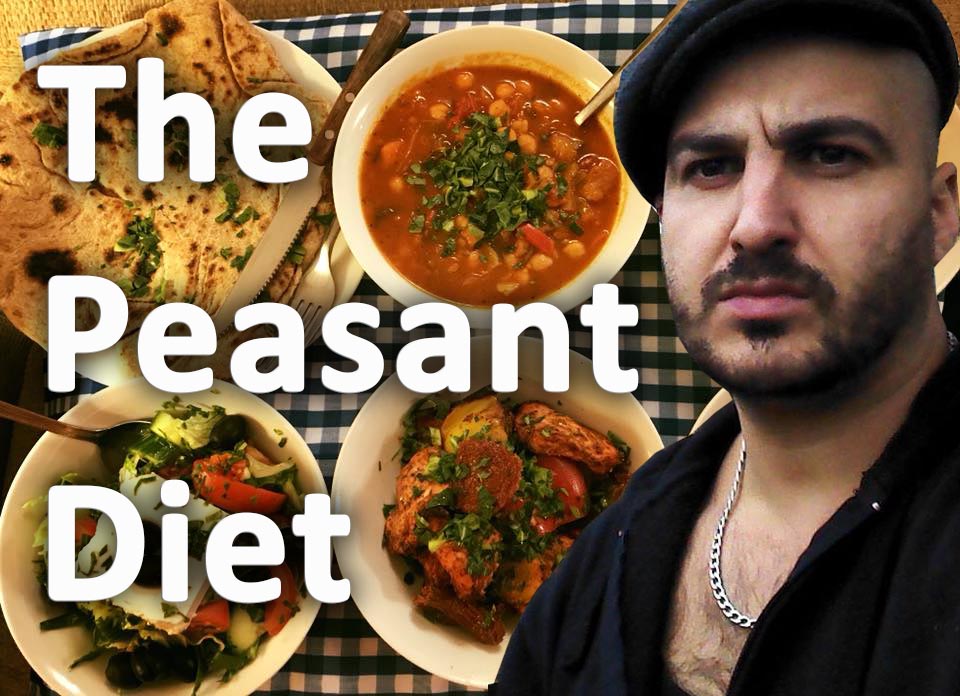
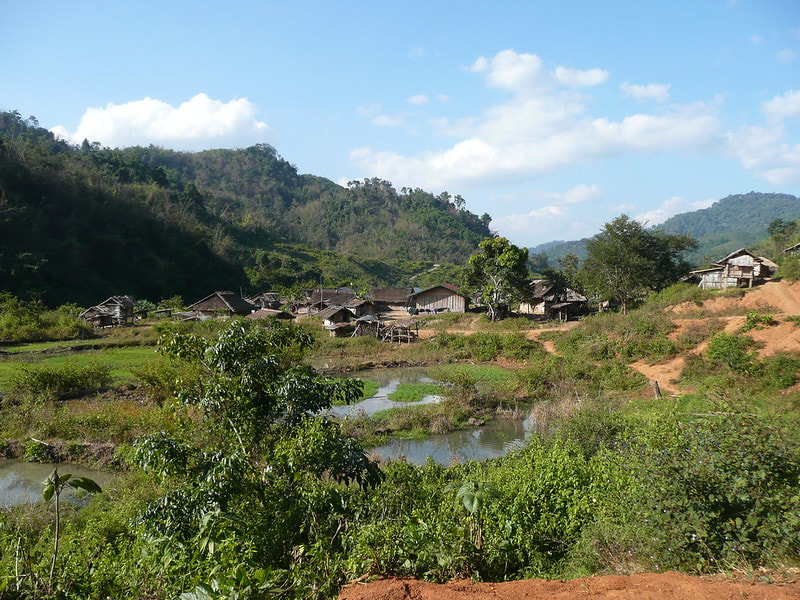
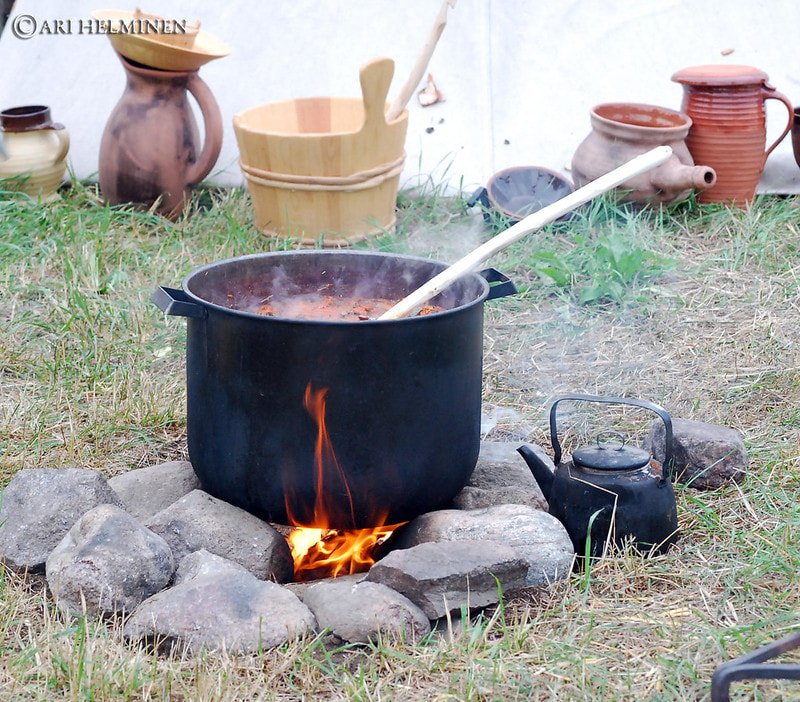
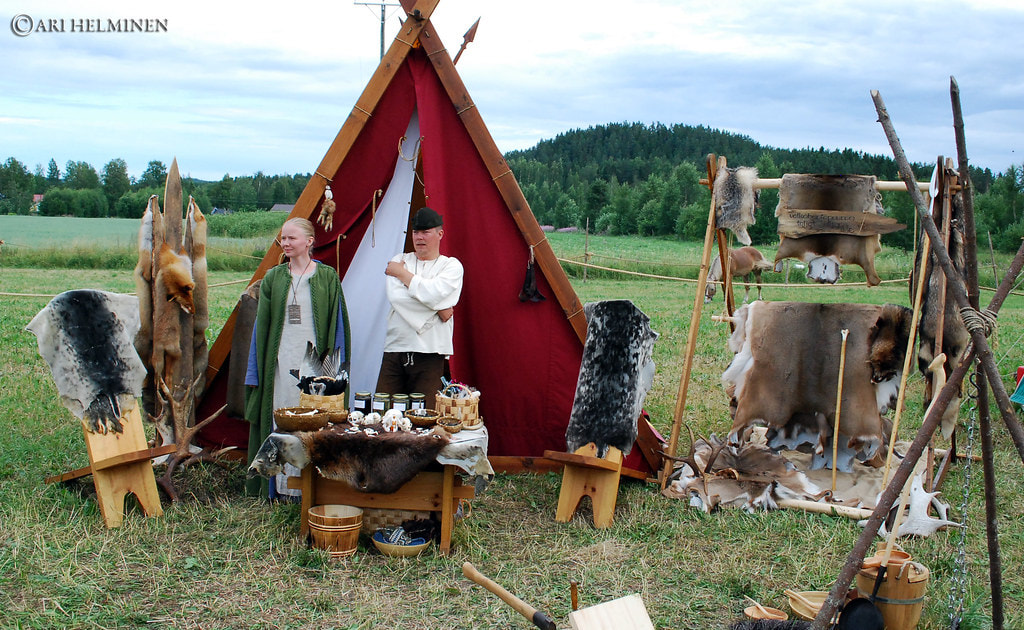
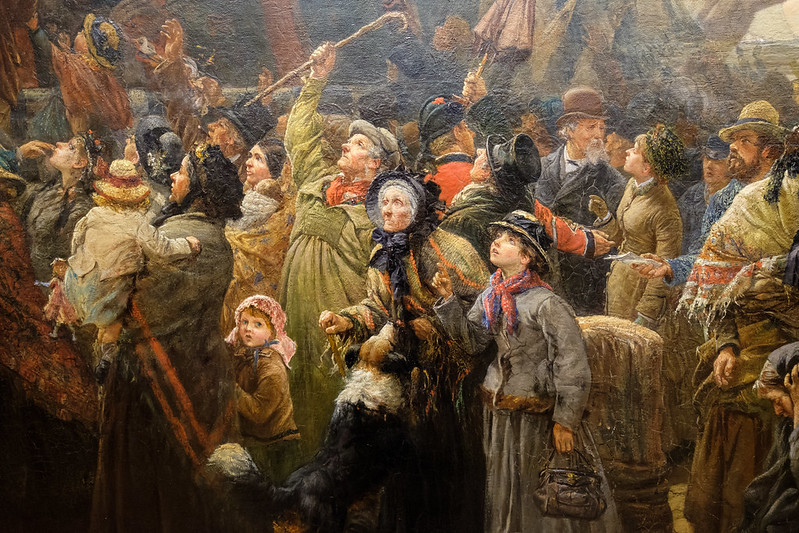
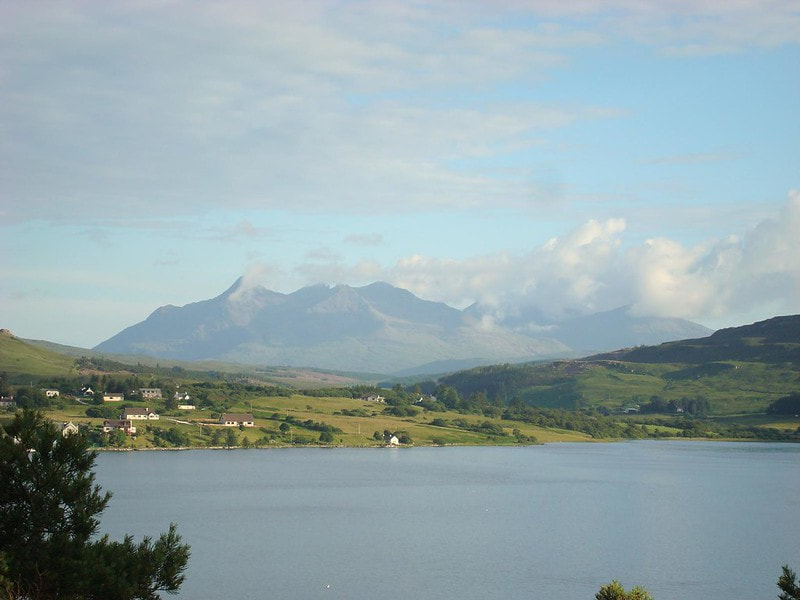
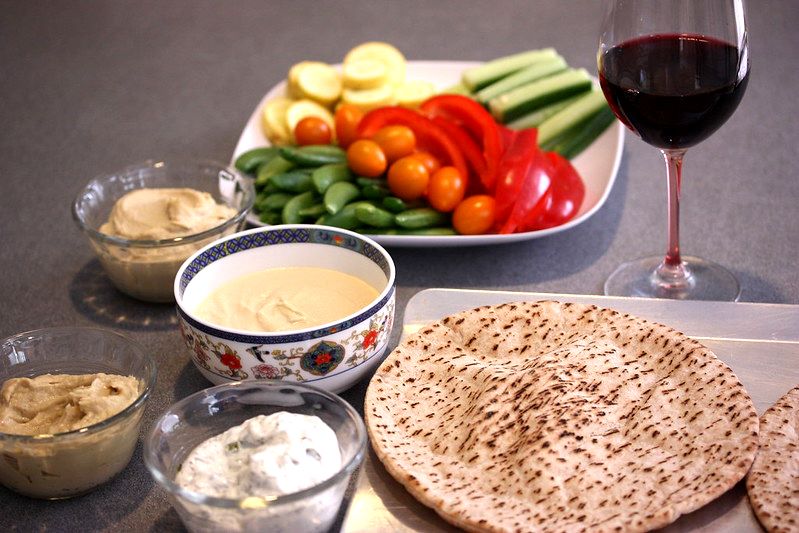
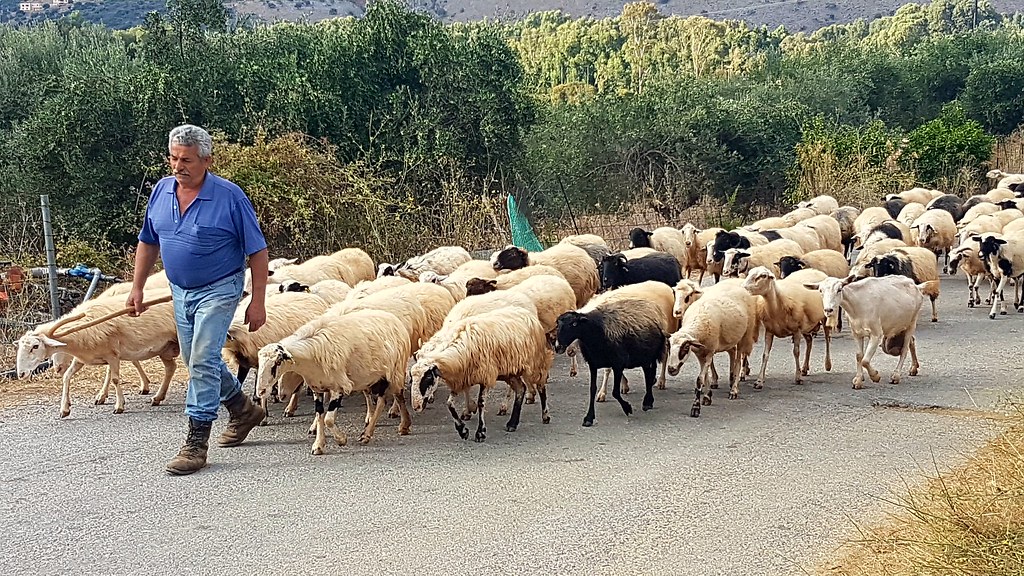
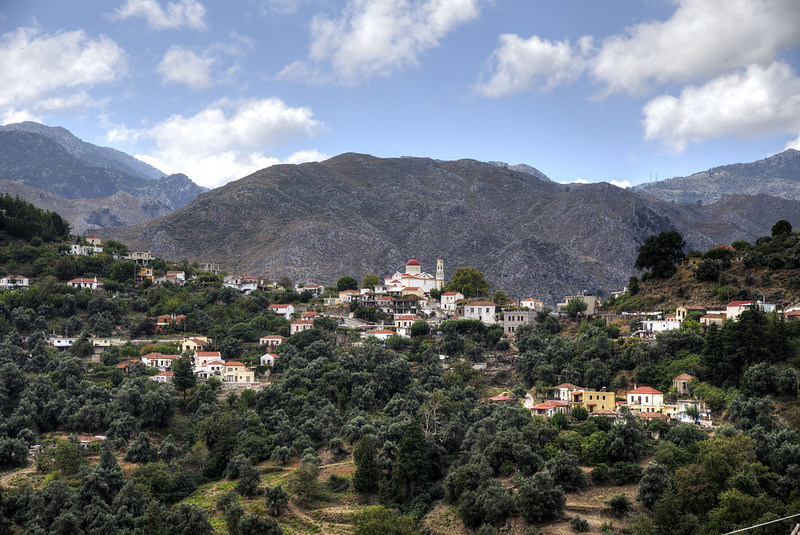
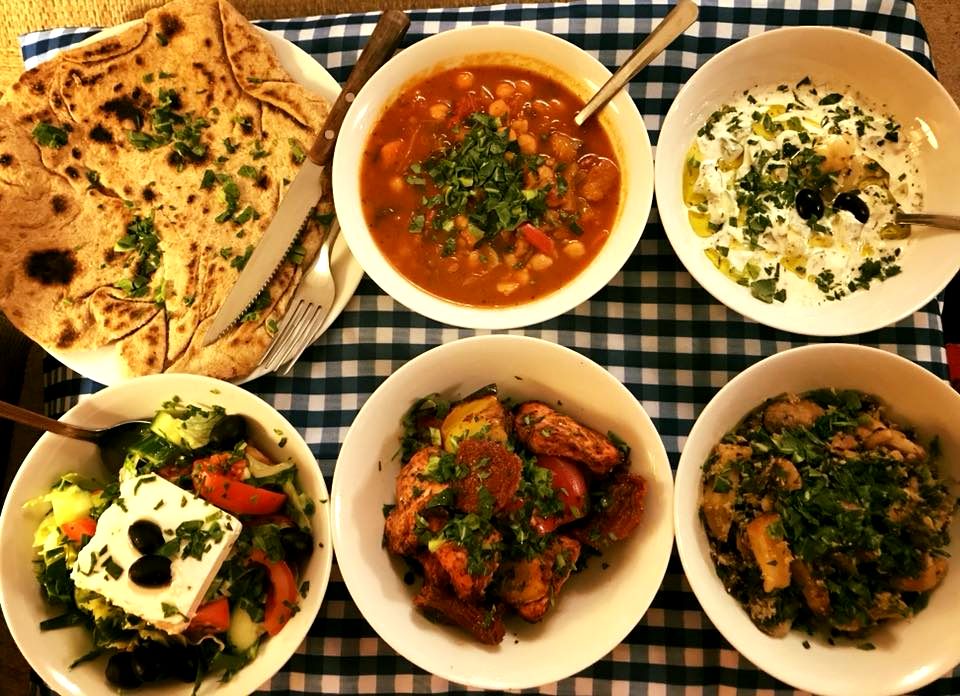
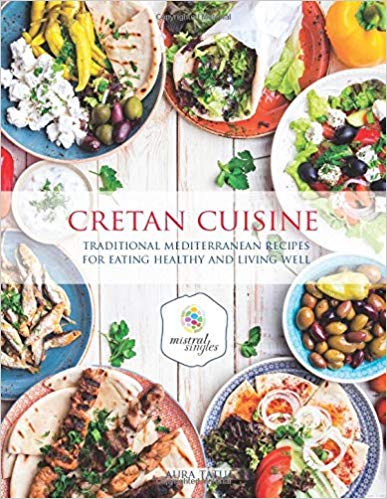
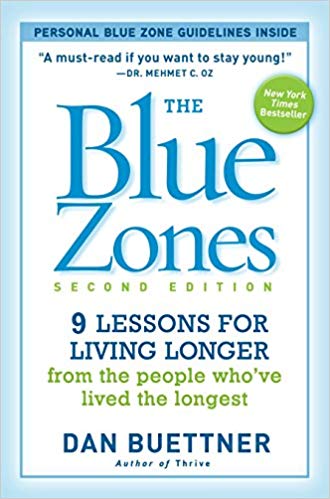
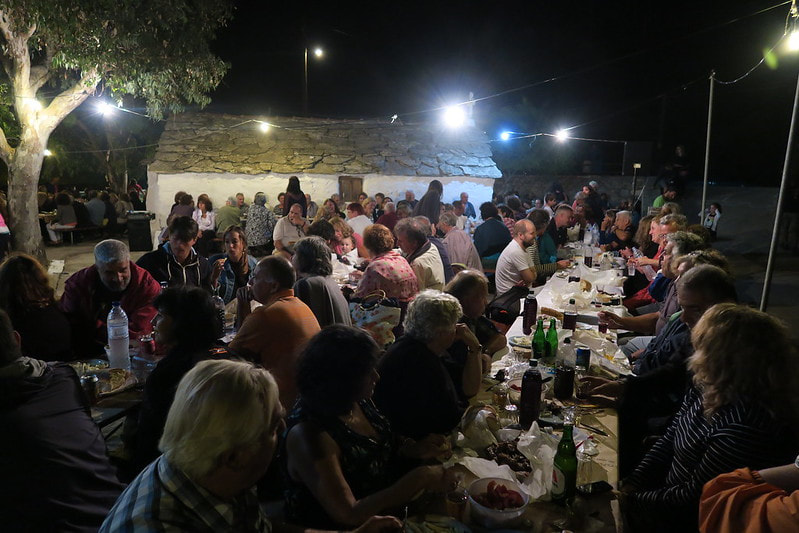
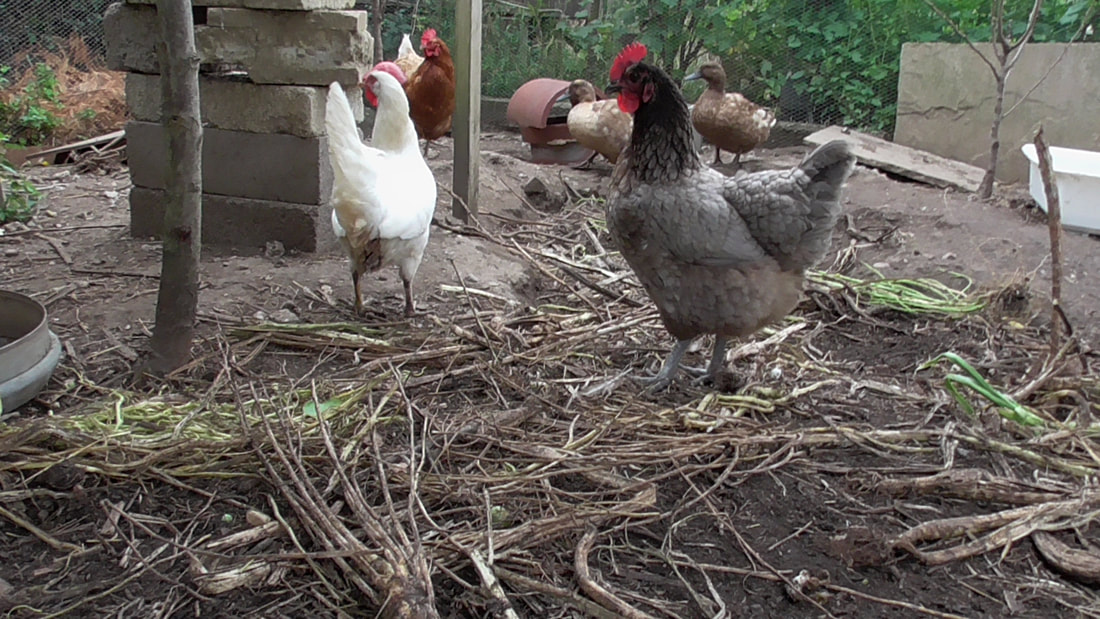
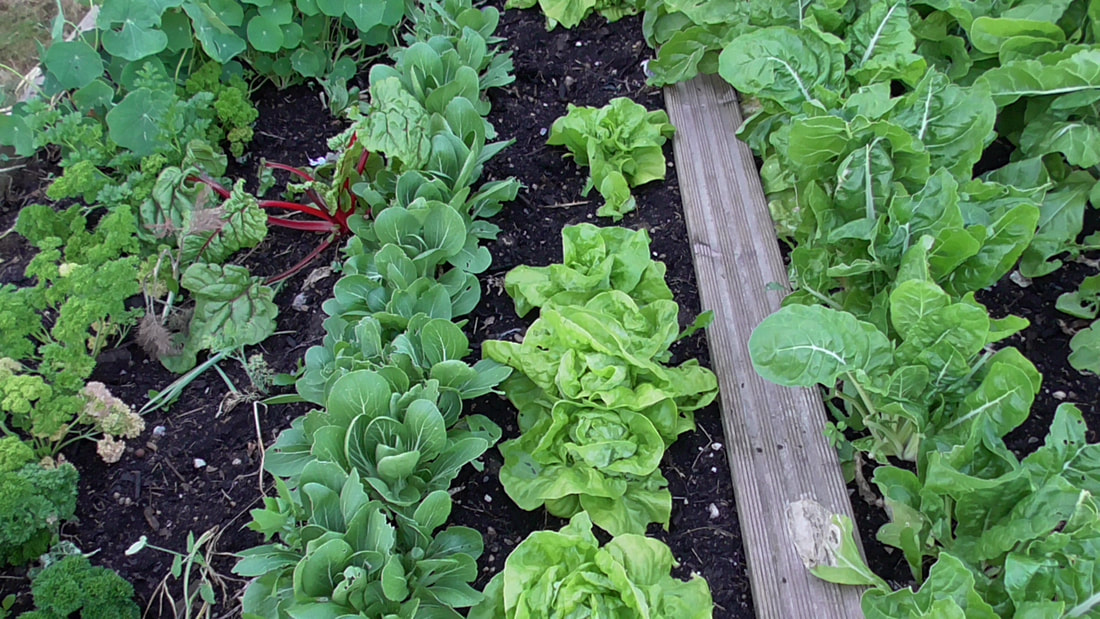
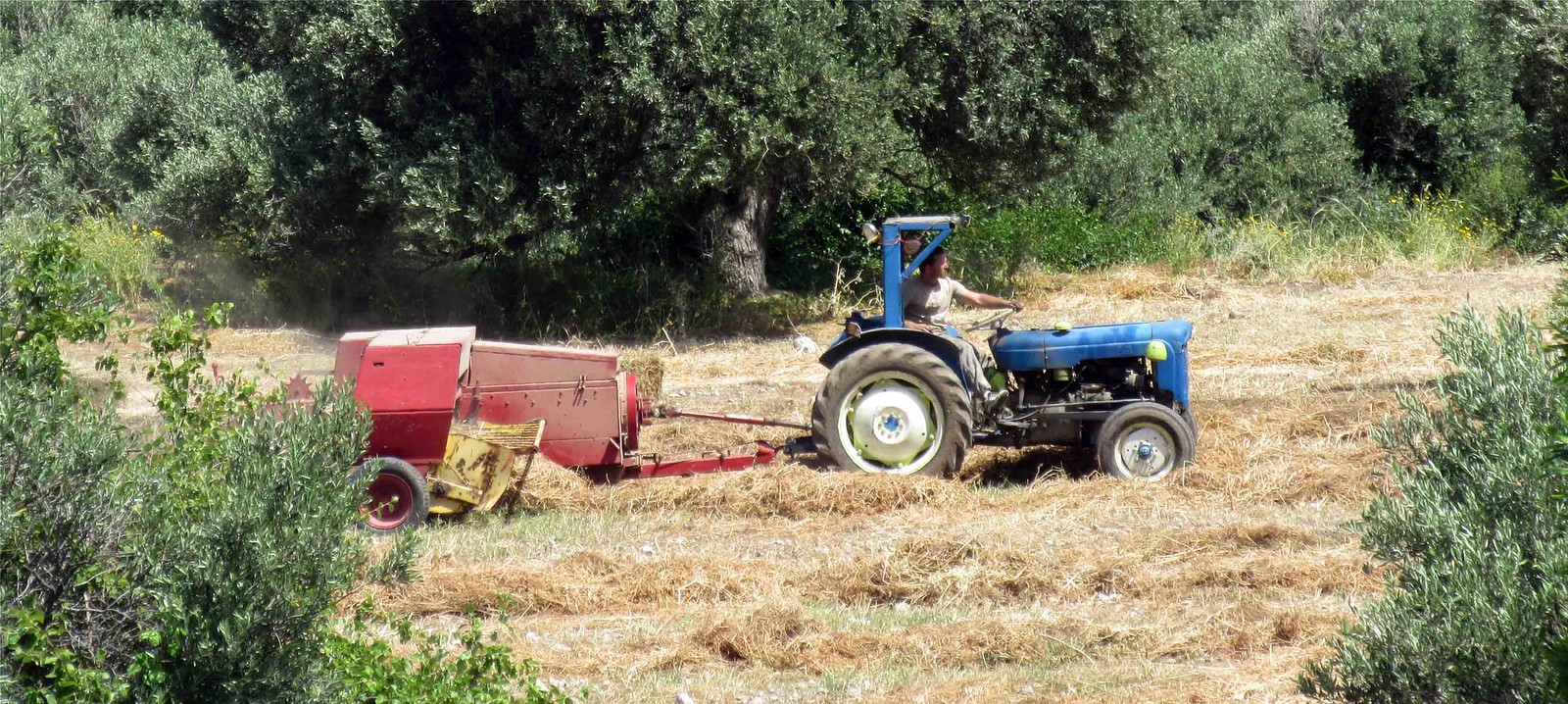
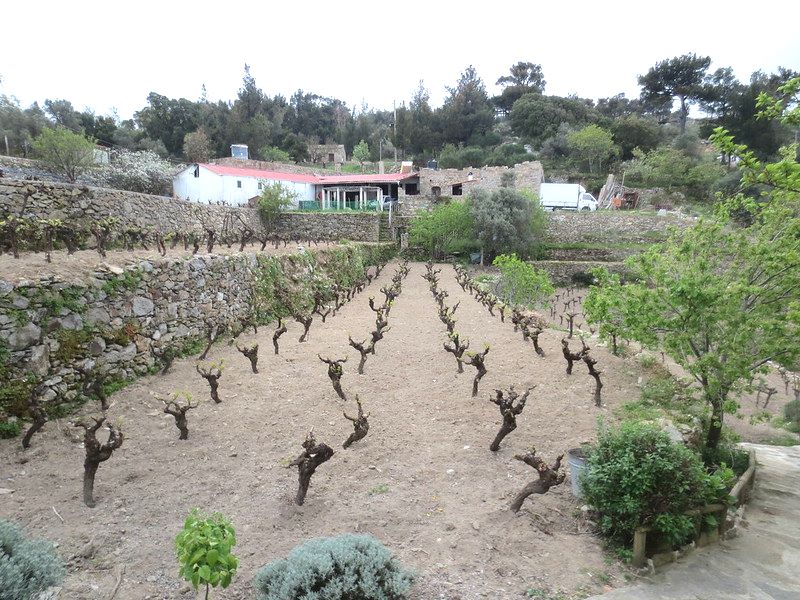
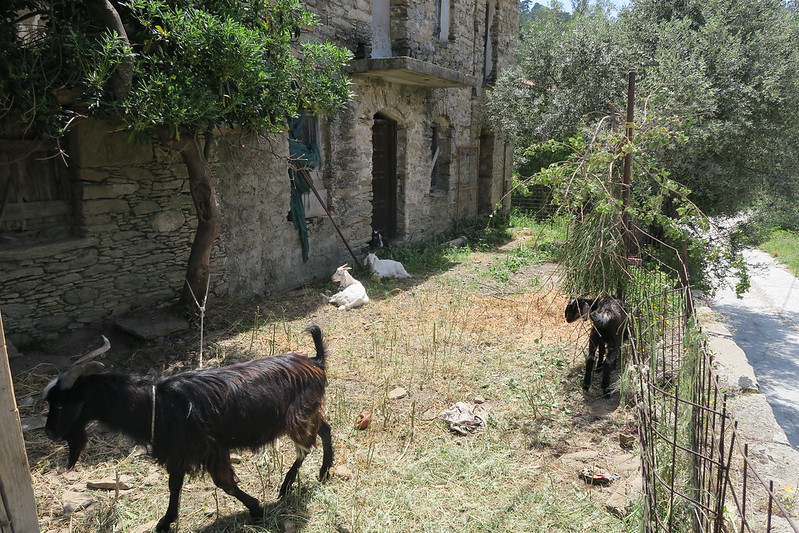
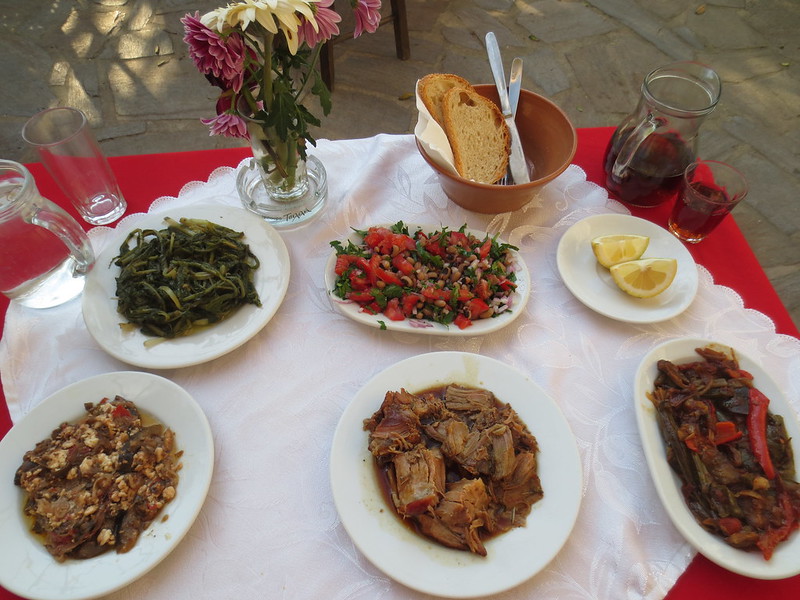
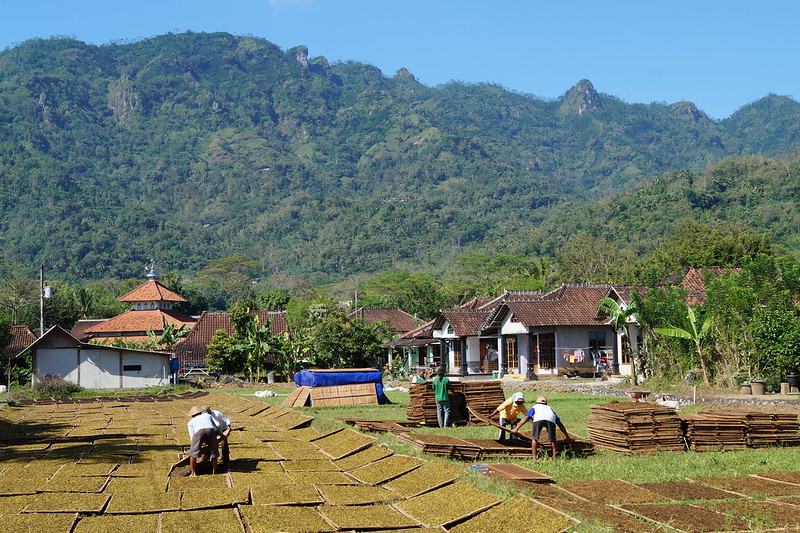
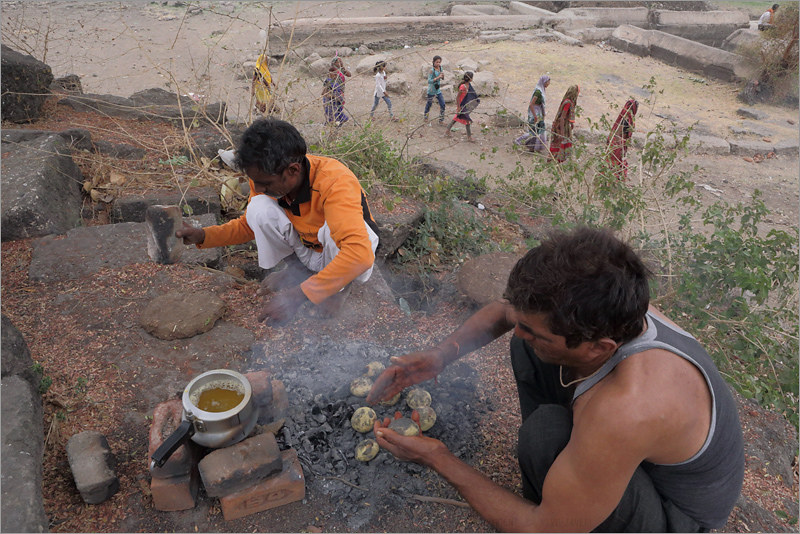
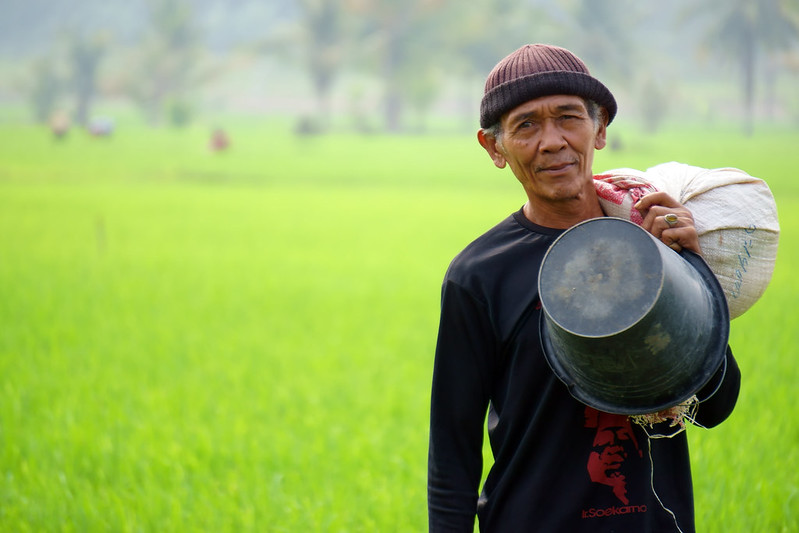
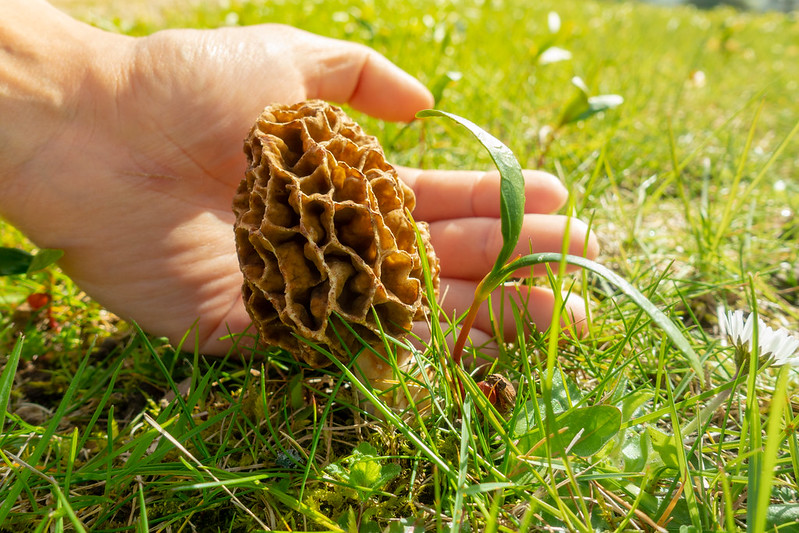
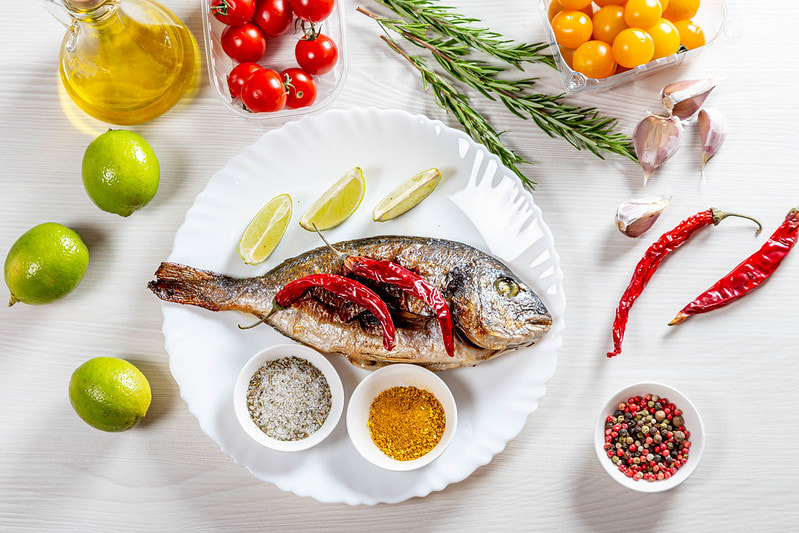
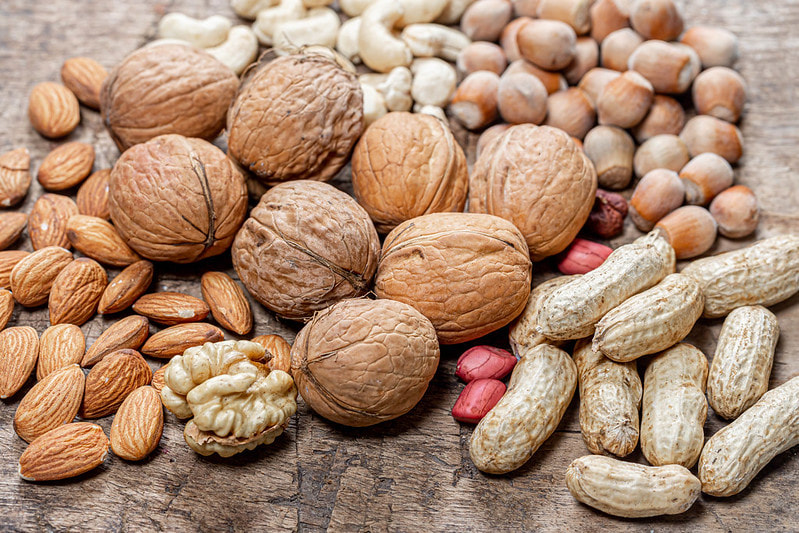
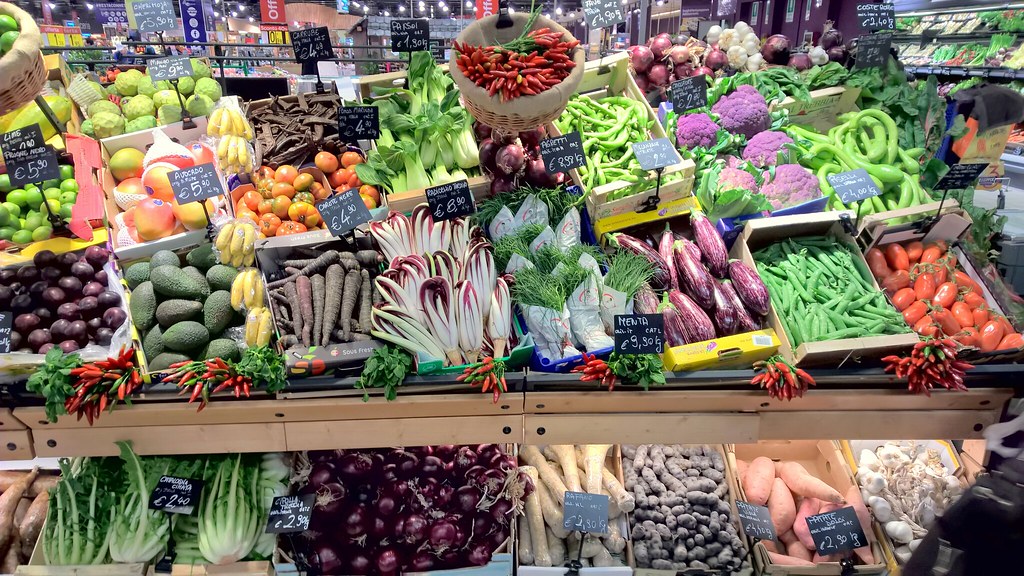
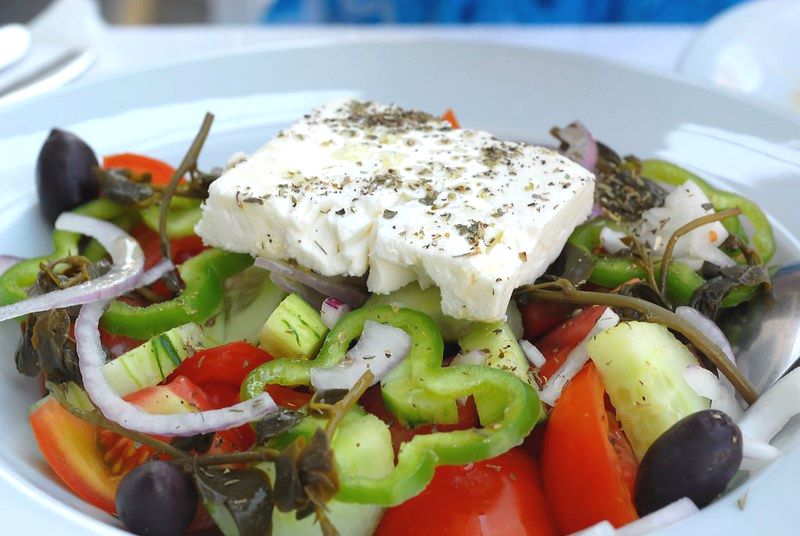
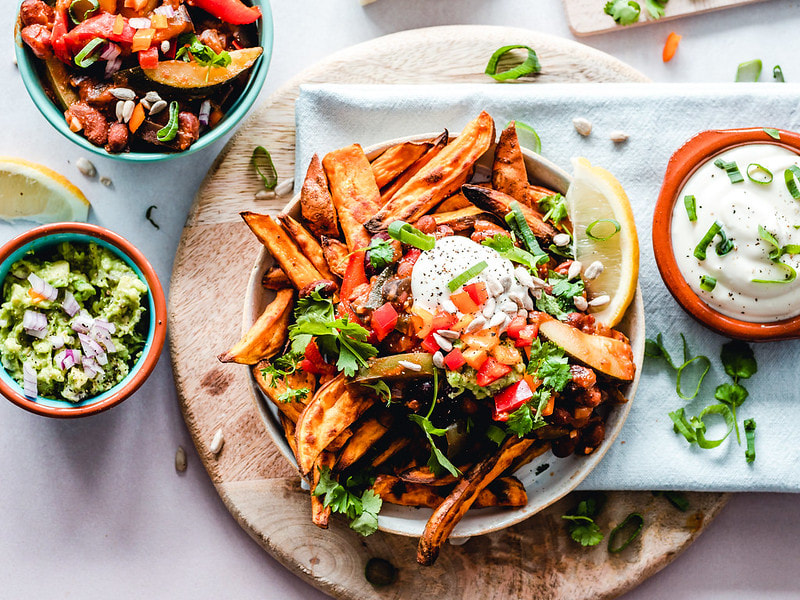
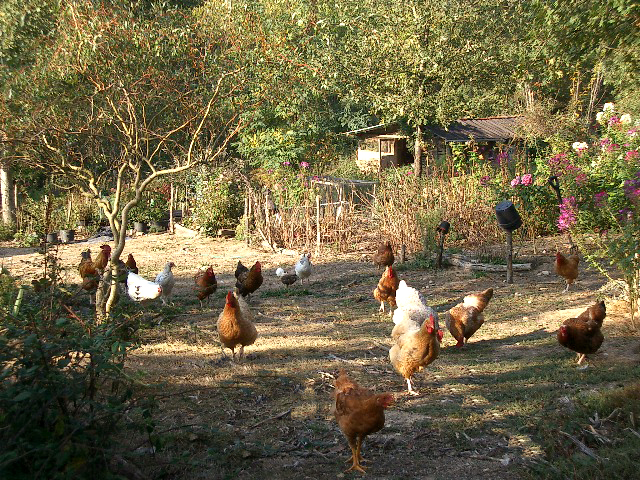
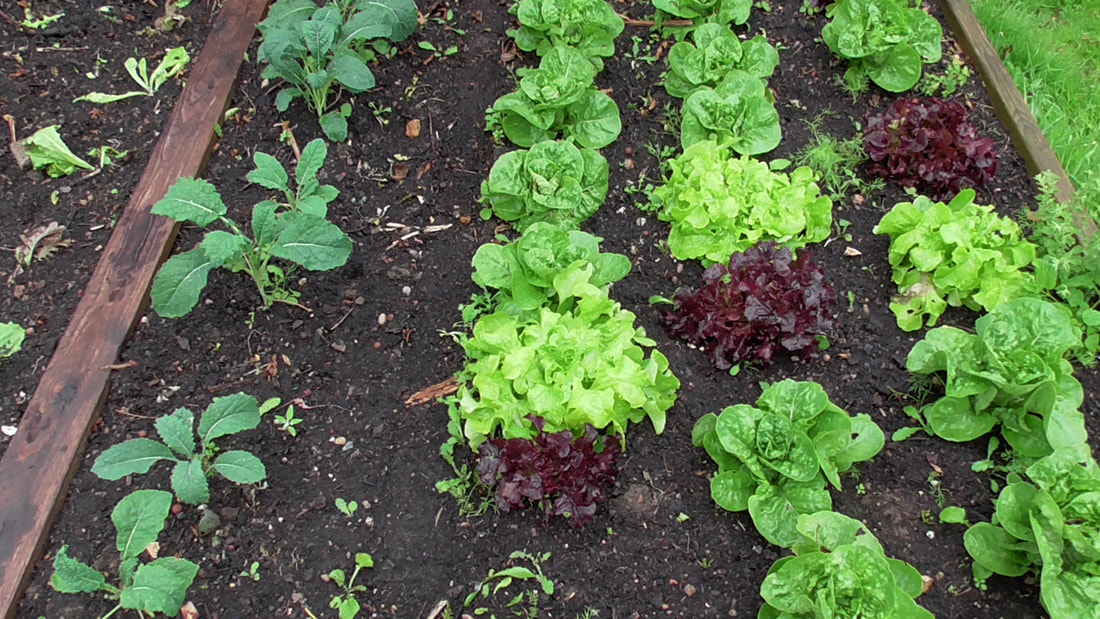
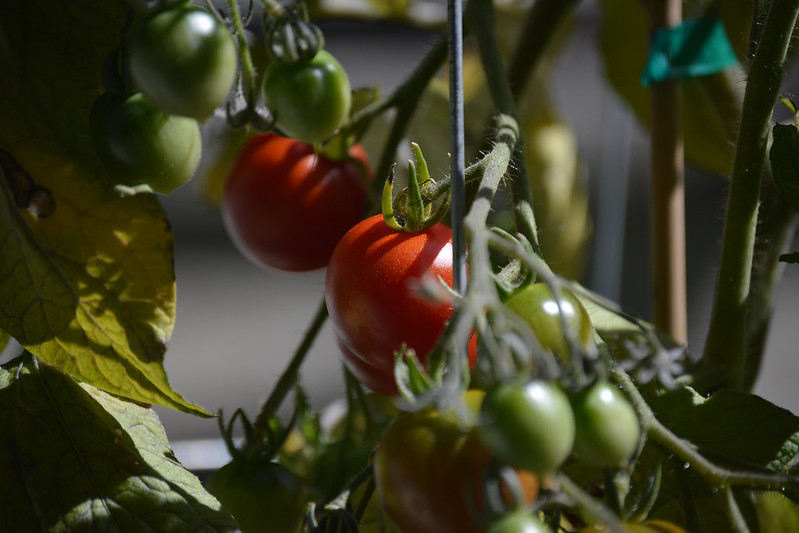


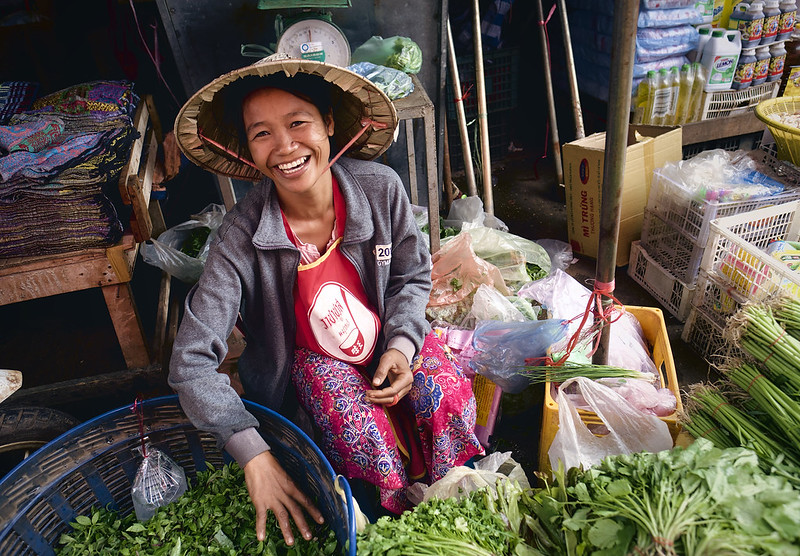
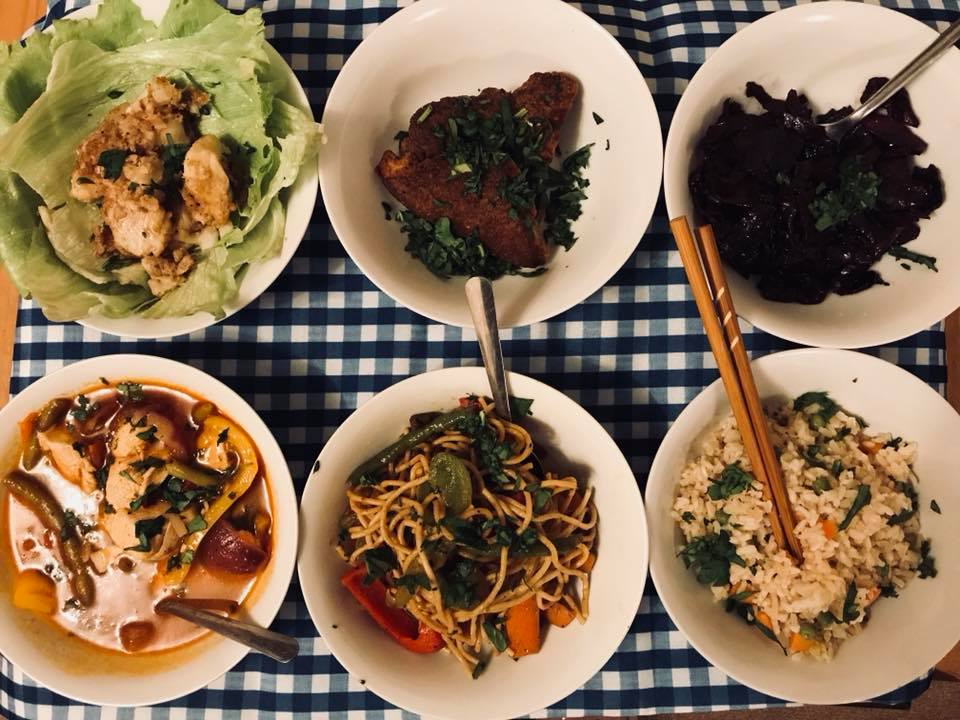
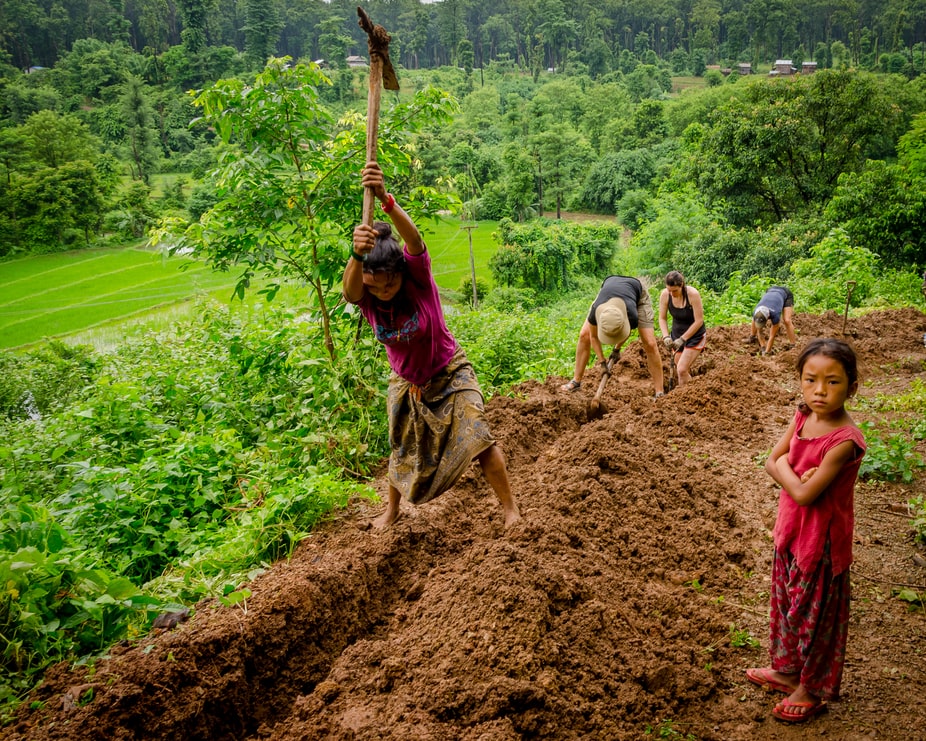
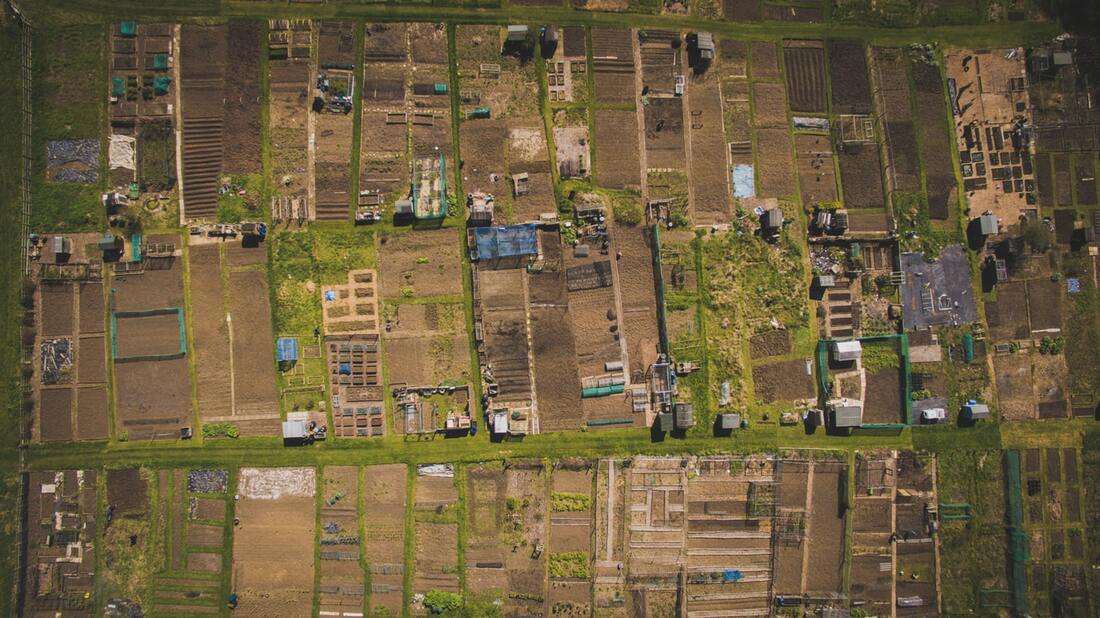
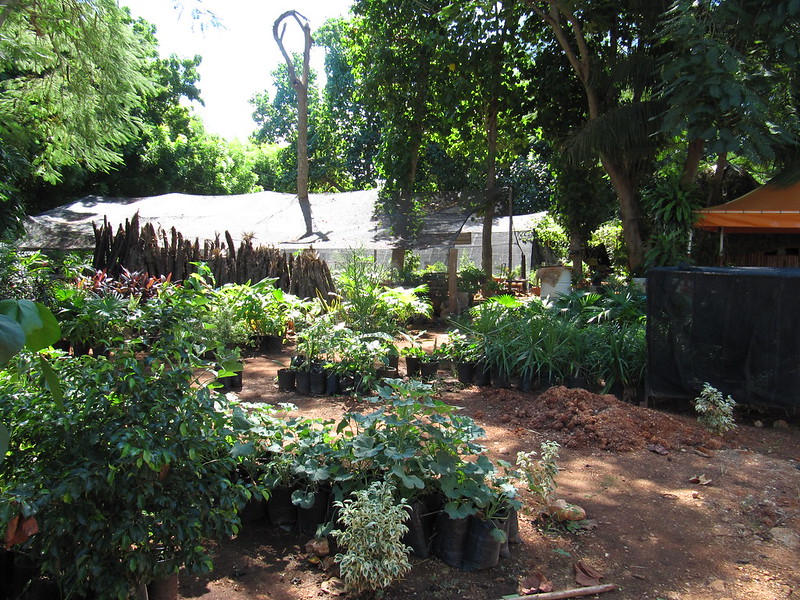
 RSS Feed
RSS Feed
